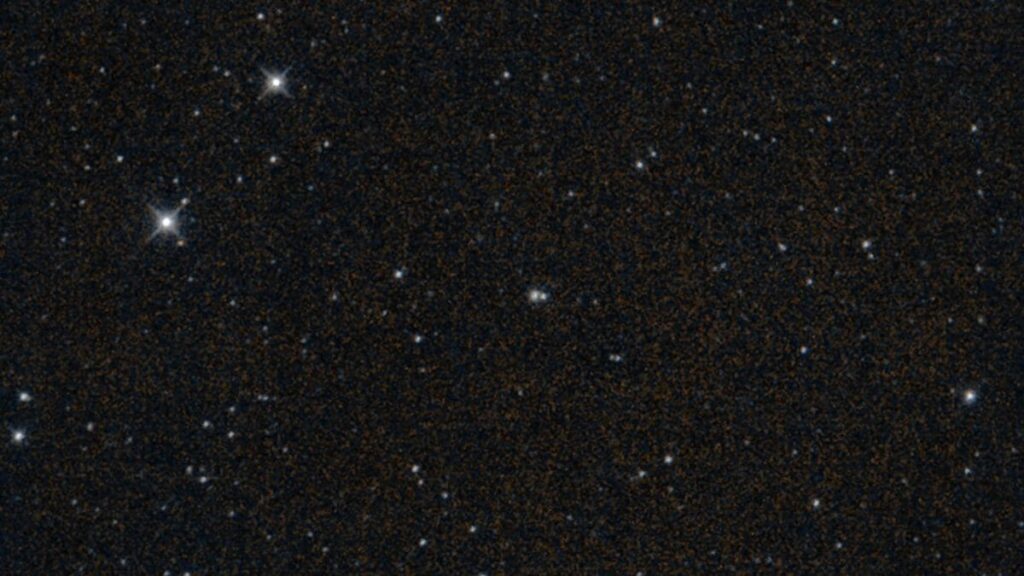The NASA Neowise mission, officially known as the Wide-Field Infrared Survey Explorer (WISE), has been a remarkable journey through the cosmos since its launch in 2009. This satellite has been instrumental in detecting thousands of asteroids and trans-Neptunian objects that come close to Earth, providing invaluable data and insight into our solar system. After over 14 years of service, the Neowise spacecraft is nearing its end, set to re-enter the Earth’s atmosphere and disintegrate, concluding a mission that far exceeded its original expectations.
Understanding the Journey of NEOWISE
Initially planned to operate for just 10 months, the mission quickly proved its worth by continuously scanning the skies for over a decade. Upon launch, its primary purpose was to map the heavens using infrared technology, helping scientists identify and catalog various celestial objects. Below is a summary of the mission’s key milestones:
| Year | Milestone |
|---|---|
| 2009 | Launch of NEOWISE to survey the cosmos |
| 2010 | First major discoveries including numerous asteroids |
| 2013 | Mission extended due to successful data collection |
| 2023 | Final scientific operations and data storage |
Recently, NASA officials convened at the Jet Propulsion Laboratory (JPL) to issue the final commands to the satellite. The scientists are diligently working to ensure that all collected data is preserved for future research. This wealth of information will continue to be a resource for researchers and academics looking to understand more about our solar system and the potential threats that near-Earth objects pose.
As NEOWISE enters its hibernation mode, it is on a trajectory back to Earth, expected to re-enter the atmosphere by the end of this year or the beginning of 2025. NASA has not released an exact date for this event, but this marks an end to an extraordinary era in asteroid observation.
What Comes Next? The NEOWISE Successor
To fill the gap left by NEOWISE, NASA has announced the upcoming launch of the NEO Surveyor (Near Earth Object Surveyor) telescope, scheduled for deployment by 2027. This new telescope will enhance our ability to monitor and track near-Earth objects that may pose a threat to our planet.
Features of NEO Surveyor
The NEO Surveyor aims to surpass the capabilities of its predecessor with advanced technology and upgraded instruments. Here are some expected features:
- Improved infrared detection capability for identifying and classifying asteroids.
- Enhanced tracking systems to monitor the trajectory of near-Earth objects more accurately.
- Real-time data processing for quicker decision-making in the event of a potential threat.
This transition from NEOWISE to NEO Surveyor is crucial for deepening our understanding of asteroids and ensuring that Earth remains safe from unforeseen cosmic threats. Scientists and enthusiasts around the world look forward to what the future holds as we make strides in space exploration and planetary defense.
